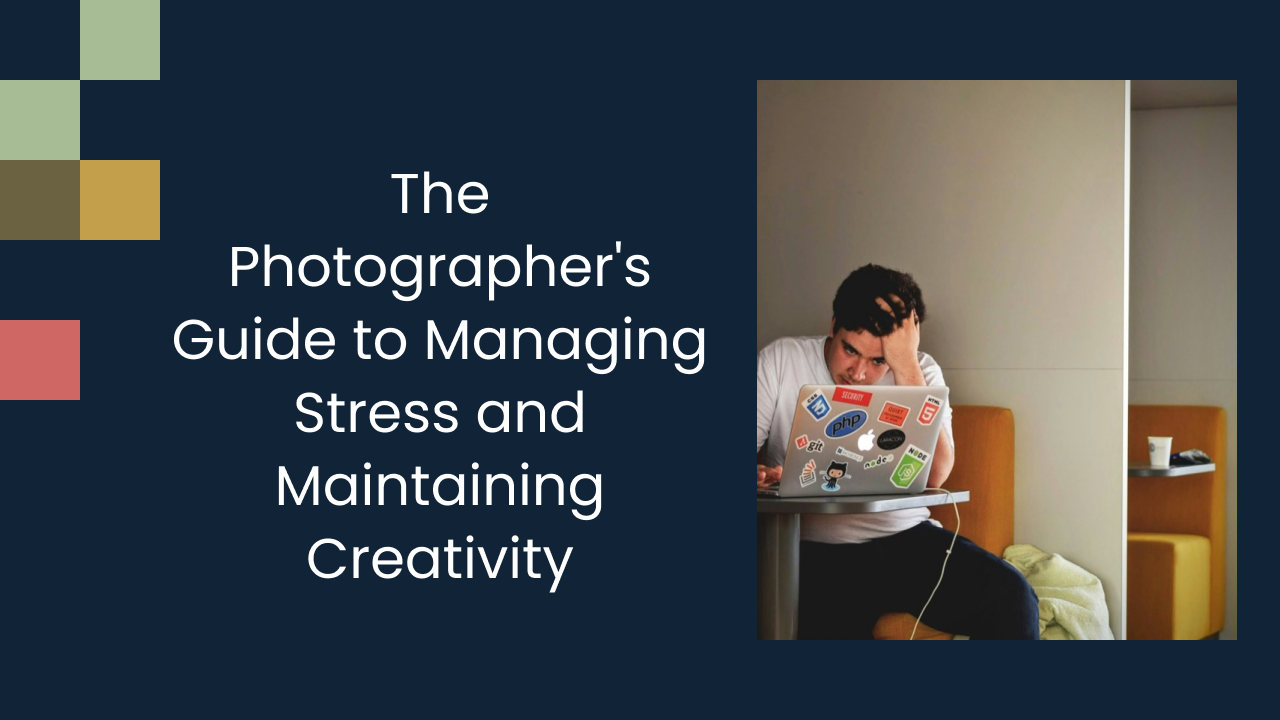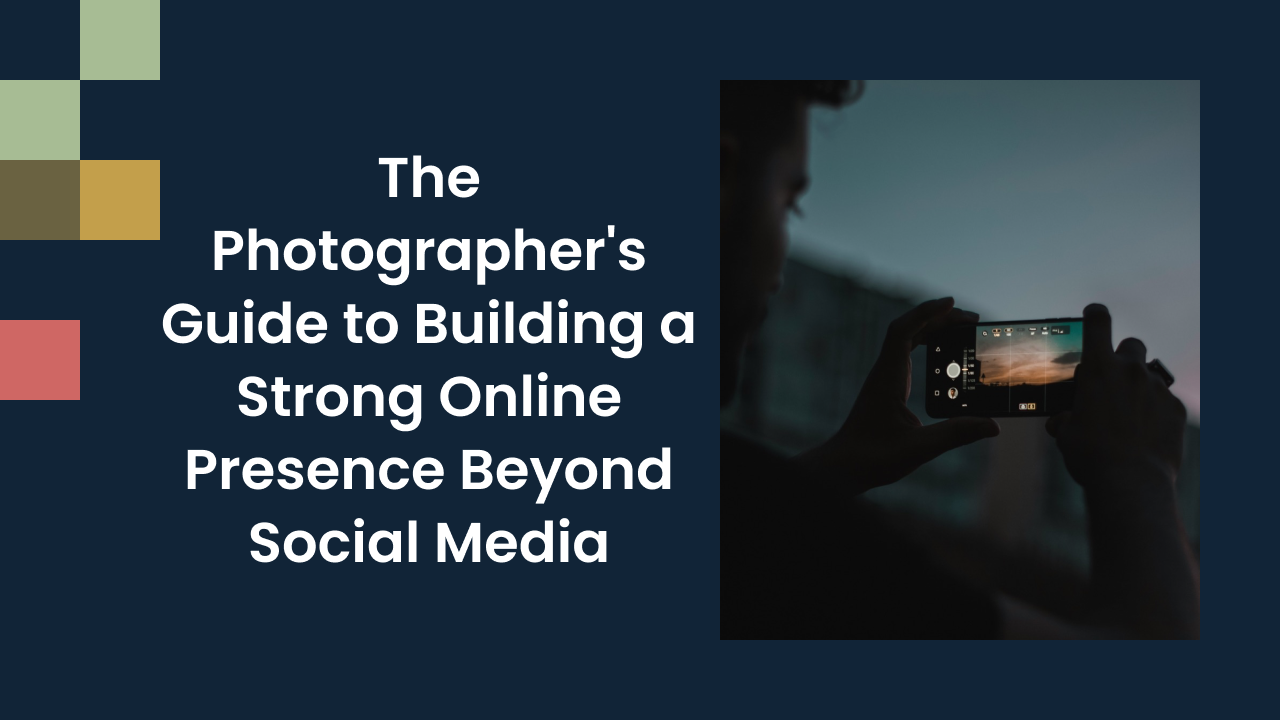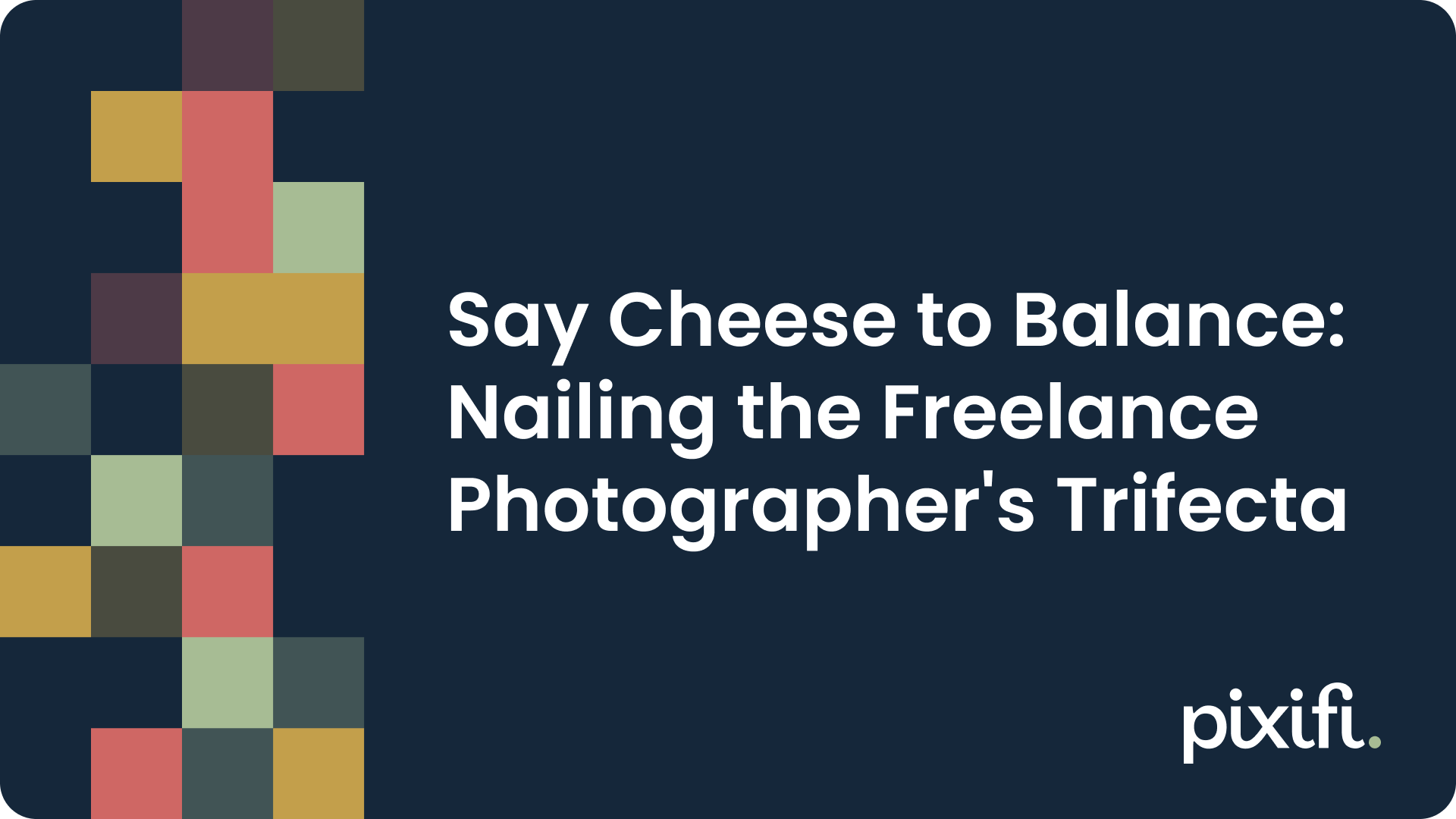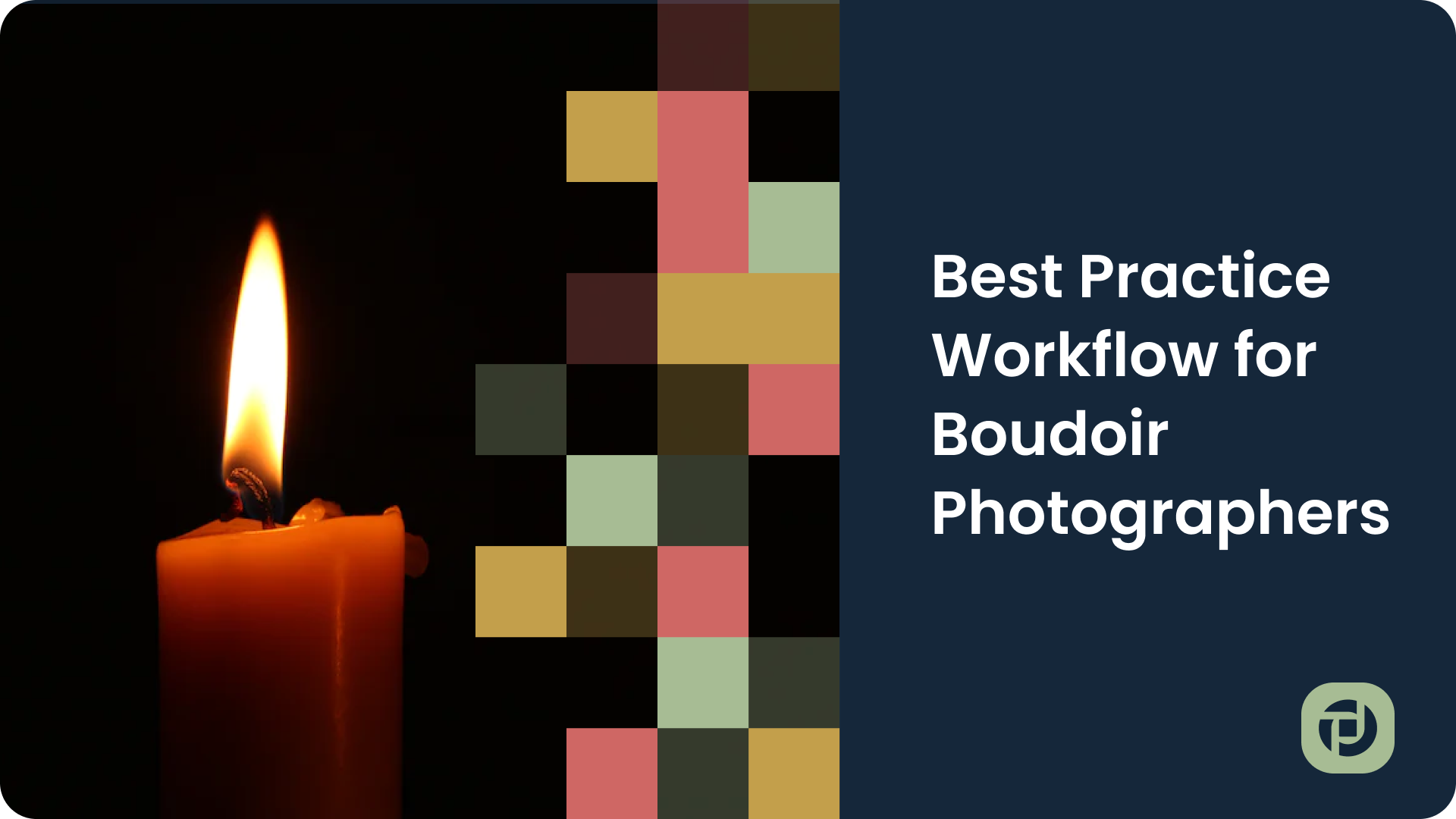The Photographer's Guide to Managing Stress and Maintaining Creativity
In the fast-paced world of photography, stress is an inevitable part of the job. Deadlines, client expectations, and the pressure to capture the perfect shot can take their toll on even the most seasoned photographers. However, it's crucial to find ways to manage stress and maintain creativity for long-term success and personal well-being. In this guide, we will explore the relationship between stress and creativity, identify common stress triggers in photography, and provide effective stress management techniques to help you thrive in your craft. Let's dive in!
Understanding the Relationship Between Stress and Creativity
Stress and creativity are often seen as opposing forces. However, it's important to recognize that there is a complex interplay between the two. While stress can hinder creativity in some cases, it can also fuel it.
Research has shown that moderate levels of stress can enhance cognitive function and problem-solving abilities, leading to increased creativity and innovation. This phenomenon, known as the "Yerkes-Dodson Law," suggests that there is an optimal level of stress that promotes peak performance in creative tasks.
The Impact of Stress on Creative Processes
When stress levels become overwhelming, the creative process can suffer. Stress can impair our ability to think clearly, make decisions, and take risks. It can lead to a narrow focus, limiting our perspective and hindering our ability to see new possibilities.
Moreover, chronic stress can negatively affect our mental and emotional well-being, leading to burnout and creative block. It's important to be aware of these potential roadblocks and develop strategies to mitigate their impact.
How Creativity Can Be a Stress Reliever
While stress can hinder creativity, the creative process itself can also serve as a powerful stress reliever. Engaging in photography allows us to focus our attention on the present moment, providing a much-needed escape from stressors. The immersive nature of photography can help us achieve a state of flow, where time seems to stand still, and our worries fade away.
Furthermore, the act of creating art can be a form of self-expression and emotional release. It allows us to channel our thoughts, emotions, and experiences into something tangible, providing a sense of catharsis and relief. Embracing creativity as a means of stress relief can have profound effects on our overall well-being.
Another way that creativity can alleviate stress is through the use of writing. Putting pen to paper (or fingers to keyboard) and allowing our thoughts to flow freely can be incredibly therapeutic. Writing can help us process our emotions, gain clarity, and find meaning in challenging situations. Whether it's journaling, storytelling, or poetry, the act of writing can provide a sense of release and empowerment.
In addition to photography and writing, engaging in other creative activities such as painting, playing a musical instrument, or dancing can also serve as effective stress relievers. These activities allow us to tap into our imagination, express ourselves, and connect with our inner selves. They provide a much-needed break from the demands of everyday life and offer a space for self-discovery and rejuvenation.
Identifying Stress Triggers in Photography
Every photographer's journey is unique, and so are the stress triggers they encounter along the way. By identifying these triggers, we can develop targeted strategies to manage stress effectively. Here are two common stress triggers in photography:
The Pressure of Perfectionism in Photography
Perfectionism is a double-edged sword. While it can drive us to continually improve our craft, it can also create unnecessary stress and self-imposed expectations. The pursuit of the perfect shot can lead to self-doubt, comparison, and a fear of failure.
Imagine standing in front of a breathtaking landscape, your camera in hand, and feeling the weight of perfectionism settling on your shoulders. The pressure to capture the scene exactly as you envision it can be overwhelming. Every click of the shutter becomes a moment of uncertainty, questioning whether you have achieved the level of perfection you desire.
To manage the pressure of perfectionism, it's crucial to shift our mindset from striving for perfection to embracing progress. Remember that photography is a journey of continuous learning and growth. Celebrate each small milestone along the way and learn from your mistakes. Embrace imperfections as opportunities for creativity and growth.
Dealing with Unpredictable Conditions and Variables
Photography often involves working in unpredictable environments and dealing with variables beyond our control. Weather conditions, lighting, and the behavior of subjects can all add an additional layer of stress to the creative process.
Imagine setting up your equipment for a portrait session in a beautiful park, only to have dark clouds roll in and rain pour down. The unpredictability of weather can wreak havoc on your plans and add a sense of urgency to capture the perfect shot before the conditions worsen. Additionally, working with subjects who may not always cooperate or behave as expected can further heighten the stress levels.
To manage these stress triggers, it's essential to prepare as much as possible. Research your shooting location, understand the variables you may encounter, and have backup plans in place. Embrace the unpredictability as an opportunity for creative problem-solving and adaptability. Remember that some of the most remarkable shots arise from unexpected circumstances.
Effective Stress Management Techniques for Photographers
Now that we've identified common stress triggers in photography, let's explore practical stress management techniques that you can incorporate into your routine:
Mindfulness and Meditation for Creatives
Mindfulness and meditation have been proven effective in reducing stress and enhancing creativity. Taking a few minutes each day to practice mindfulness can help you ground yourself in the present moment, cultivate self-compassion, and alleviate anxiety.
Consider incorporating mindful practices into your photography routine. Before a shoot, take a few moments to focus on your breathing and notice any physical sensations or thoughts that arise. This simple act of grounding can help you approach your work with clarity and centeredness.
Time Management and Workflow Optimization
Poor time management can lead to unnecessary stress and overwhelm. Finding efficient ways to manage your time and optimize your workflow can make a significant difference in your stress levels and creative output.
Start by organizing your tasks and priorities. Break your projects into smaller, manageable chunks, and set realistic deadlines. Consider using productivity tools and techniques such as the Pomodoro Technique to stay focused and maintain a healthy work-life balance. Remember, balance is key to both productivity and creative fulfillment.
Maintaining and Boosting Creativity Amid Stress
While stress can be an obstacle to creativity, there are ways to maintain and even enhance your creative flow during challenging times. Here are two strategies to consider:
Embracing Imperfections in Your Work
Perfectionism can stifle creativity and hinder growth. Embracing imperfections in your work allows for experimentation, learning, and innovation. Don't be afraid to try new techniques or explore unconventional ideas.
Remember, photography is an art form that allows for personal expression. Embrace your unique vision and style, and let go of the need for approval or validation from others. Give yourself permission to create imperfectly, knowing that it is through these imperfections that true creativity shines.
Exploring New Photography Techniques and Styles
Stress can sometimes make us feel stuck in a creative rut. Injecting novelty into your photography practice can reignite your passion and creativity. Explore new techniques, experiment with different genres or styles, or challenge yourself to capture subjects outside your comfort zone.
Consider learning from other photographers or attending workshops and exhibitions to gain fresh perspectives and inspiration. Engaging with the photography community can also provide valuable support and feedback, fostering growth in both technical skills and creative vision.
Building Resilience in the Face of Stress
Resilience is a valuable trait that allows us to bounce back from adversity and navigate stress with greater ease. Building resilience requires cultivating a positive mindset and prioritizing self-care. Here are two key aspects to focus on:
Developing a Positive Mindset Towards Challenges
Shift your perspective on stress from viewing it as an obstacle to seeing it as an opportunity for growth. Embrace challenges as learning experiences that will make you a stronger and more skilled photographer.
Cultivate gratitude by acknowledging and appreciating the positive aspects of your photography journey. Practice self-compassion and celebrate your accomplishments, no matter how small. Surround yourself with supportive individuals who inspire and uplift you along the way.
The Role of Self-Care in Resilience Building
Self-care is essential for maintaining both physical and mental well-being. Nurture your body with proper nutrition, exercise, and sufficient rest. Prioritize activities that bring you joy and help you recharge, whether it's spending time in nature, reading, or engaging in hobbies unrelated to photography.
Establish healthy boundaries to avoid burnout. Learn to say no when necessary and delegate tasks that don't require your direct attention. Remember, taking care of yourself is not selfish but rather an investment in your long-term success and creativity.
Conclusion
Managing stress and maintaining creativity is an ongoing journey for photographers. By understanding the relationship between stress and creativity, identifying common stress triggers, and implementing effective stress management techniques, you can cultivate a thriving and fulfilling photography practice.
Remember, creativity is not meant to be a solitary battle against stress but a joyful and transformative process. Embrace imperfections, explore new possibilities, and prioritize your well-being as you navigate the exciting world of photography. May your journey be filled with inspiration, resilience, and continued growth!
Looking for an easier way to manage and grow your studio? Experience a platform built by a photographer, for photographers. Try it free for 2 weeks.











